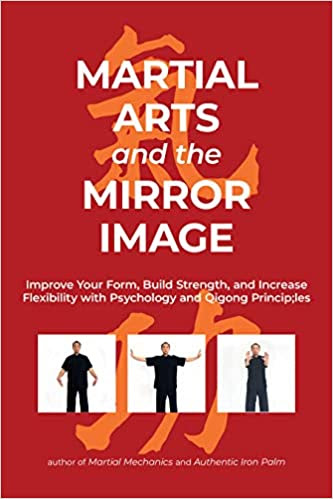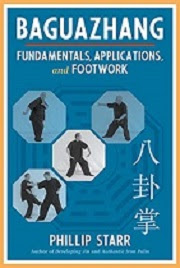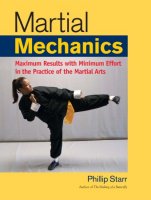by Phillip Starr
As expected, the student was a bit confused. “Do you think everyone's painting will look the same?', the master asked. The student shook his head slowly. “Exactly”, the teacher said. “Painting is an art. So is cooking. Every time you cook, it is a new creation.”
I was reminded of my grandmother's “ham trimmin' pie”, which was a favorite with the whole family. We would visit her every summer when I was young and one afternoon she set about making this delicious dish. My mother wanted to get the right recipe, so she grabbed a sheet of notebook paper and would ask her mother questions as she was adding ingredients to her well-loved dish. “How much salt?”, my mother asked. Grandma just chuckled and said, “I never measure it...I use the old measures that my mother taught me.” Mom was confused and asked just what those were. Grandma replied, “By gosh and by golly. A pinch of this, and handful of that. You learn to feel what's just right.”
So, what does this have to do with learning and practicing forms? Well, what's the most common criticism of forms spoken by those who aren't engaged in a serious, long-term study of the traditional martial arts? They're robotic, right? They'll turn us into automatons; they try to cram some kind of orthodoxy into the realm of combat as if it could be done like some sort of well-rehearsed choreographic routine. Punch X must be executed just before kick A, and the front foot must be angled EXACTLY 90 degrees from the kick...and so on. But combat isn't like that at all...
The proper response is that a form instills certain behaviors (some reactive and some proactive). Although it doesn't necessarily tell the “story” of a fight, it is akin to the grammar that enables us to tell our own stories, as varied as are the encounters one is likely to meet, with fluidity and a coherent structure that will help us survive the battle. At least that's what we say...but every now and then we should pause and consider. Too many karate and gong-fu devotees unknowingly get caught up in the “habits” for which their art is criticized, just like the young chefs training under the master; they run to the “book” or to the teacher to ensure that they're following the recipe to the letter, just as it's all laid out.
And that's okay up to a point. It is one of the great strengths of our arts – that we have forms, which can be depended upon and provide us with valuable instruction. But. If we stop at this stage of training (and many do) – of striving to replicate the form EXACTLY – we lose some of it's inherent value. Many well-known teachers encourage advanced pupils to go beyond the perfection of the preset form and explore the potentials of the form. One very famous instructor compares it to learning how to brush the Chinese/Japanese characters properly; block printing is used initially and children literally use tracing paper to trace over writings of famous masters of the brush. Later, the students are allowed to develop more free-flowing strokes in a kind of cursive. Eventually, they develop a hand that is so unique that it can be used as a means of identifying the writer. According to the aforementioned teachers, our martial arts must develop in the same way.
But we cannot and must not try to acquire our own unique “hand” without first going through the first two stages; we cannot walk into the training hall and tear apart our forms without deeply understanding them first. And I mean DEEPLY. We must submit to the arduous, rigorous ways of practicing it EXACTLY as it was taught. After it has been mastered, we may seek to go beyond it. I'm sure the master chef had spent countless hours poring over the books written by master master chefs, learning to make the various dishes exactly as the instructions told him.
It's a very narrow part of the martial path. If we begin too soon – before we are ready, we're wasting our time. On the other hand, if we continue to make exact copies year after year, we're likewise spinning our tires. It is a great challenge for us, to find and keep the balance throughout the whole of our martial arts journey...









.jpg)

















.jpg)
.jpg)



































